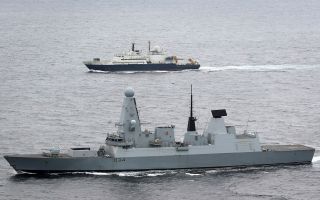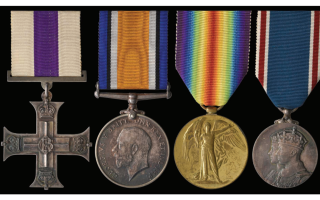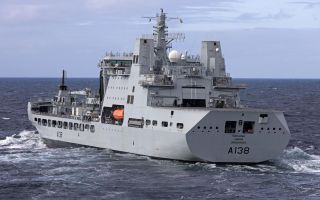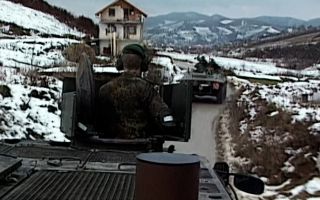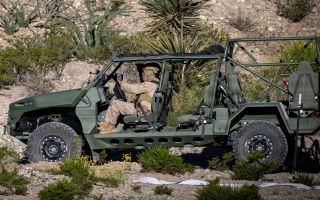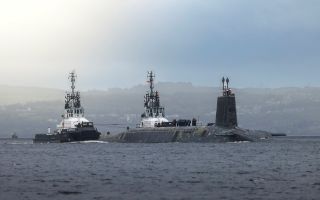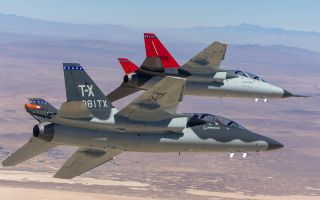The nuclear option: The difference between tactical and strategic nukes explained
The United Kingdom has been a nuclear weapons state since 1952 - and during the Cold War it maintained both tactical and strategic air-launched nuclear weapons.
The last British aircraft to carry tactical nukes was the Tornado - the Typhoon is not nuclear-capable - but that is set to change with the purchase of 12 F-35A Lightning jets.
But what is a tactical nuclear weapon?
In general terms, tactics refers to the way a military force is used on the battlefield, while strategy refers to the way a nation's aims are achieved - usually by denying the enemy the ability to wage war.
The concept is the same with nuclear weapons.
A tactical nuclear weapon, such as the American B61-12 bomb that the F-35A can carry, is designed to be used on the battlefield.
This means friendly forces can be extremely close to where such munitions are used - and tactical nukes can even be dropped on friendly territory.
At the height of the Cold War, this is something that could have been done to either halt or slow down a Warsaw Pact armoured advance into West Germany.
Failing that, it could have made the attacking force change its axis of advance into either a predetermined kill zone or an area which could be better defended.
Because of the close proximity to friendly forces, tactical nuclear weapons tend to deliver much less explosive power than their strategic counterparts.
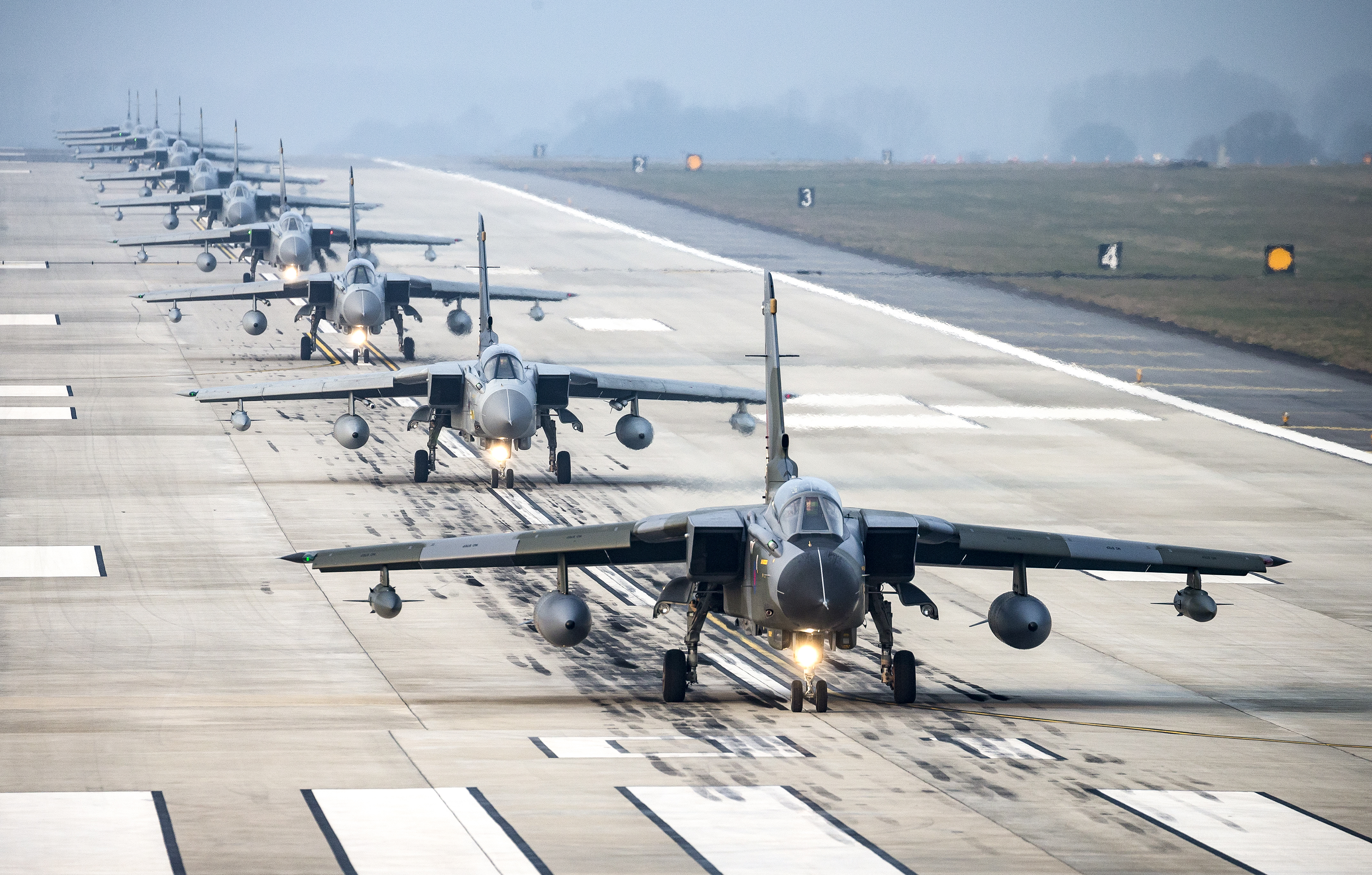
Like the strategic bombing raids that were carried out against Germany and Japan in the Second World War, strategic nuclear weapons are intended to be deployed against targets away from the frontline.
The intention is to degrade the enemy's ability to wage war by destroying targets - many located in towns and cities - such as vehicle, weapons and munitions production facilities, petrol, oil and lubrication plants, and military bases.
A secondary effect is to drastically degrade civilian morale and the population's support for the war.
To date, no tactical nuclear weapons have ever been used in anger.
The atomic bombings of Hiroshima and Nagasaki remain the only use of a nuclear weapon in history.

